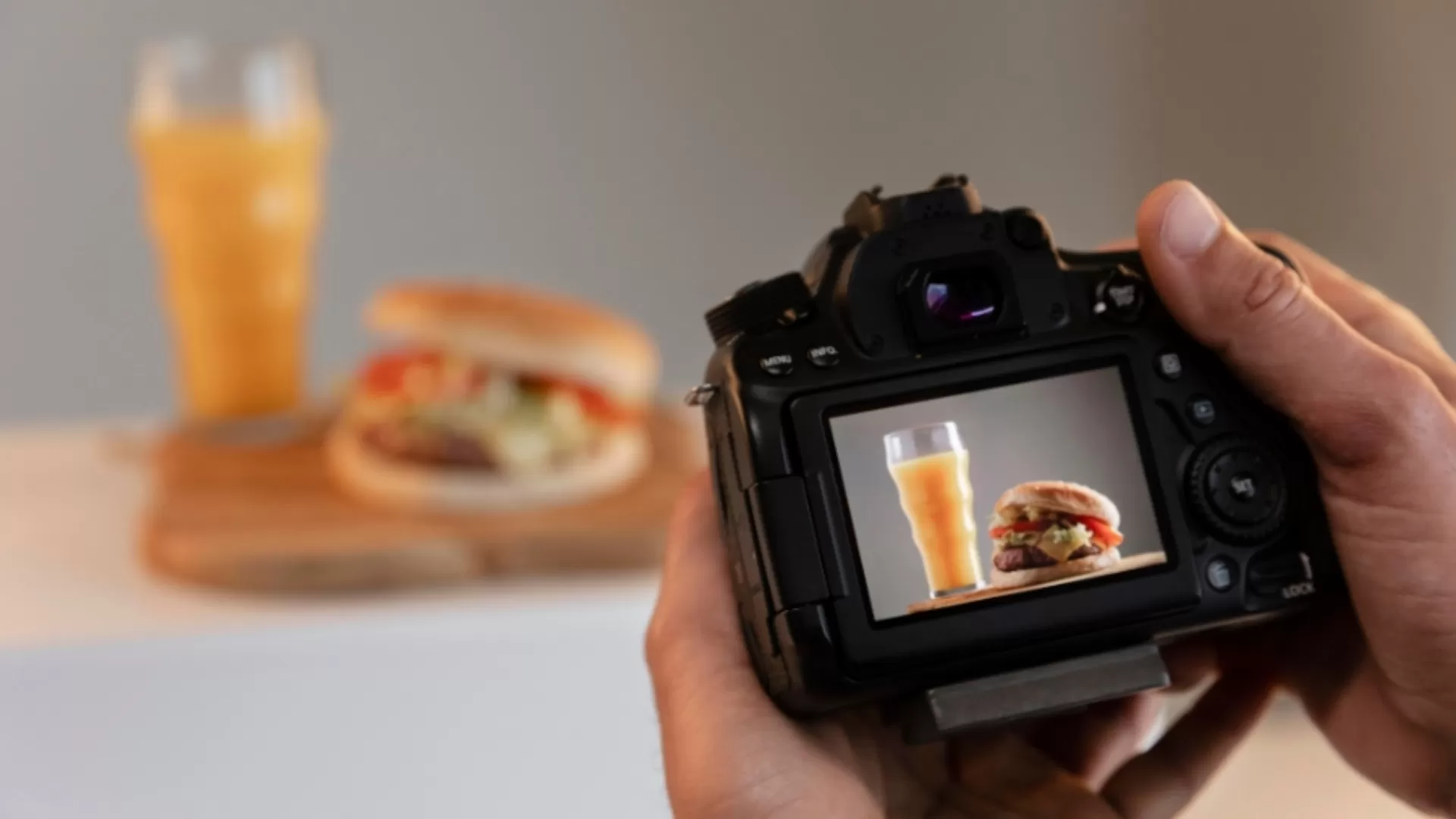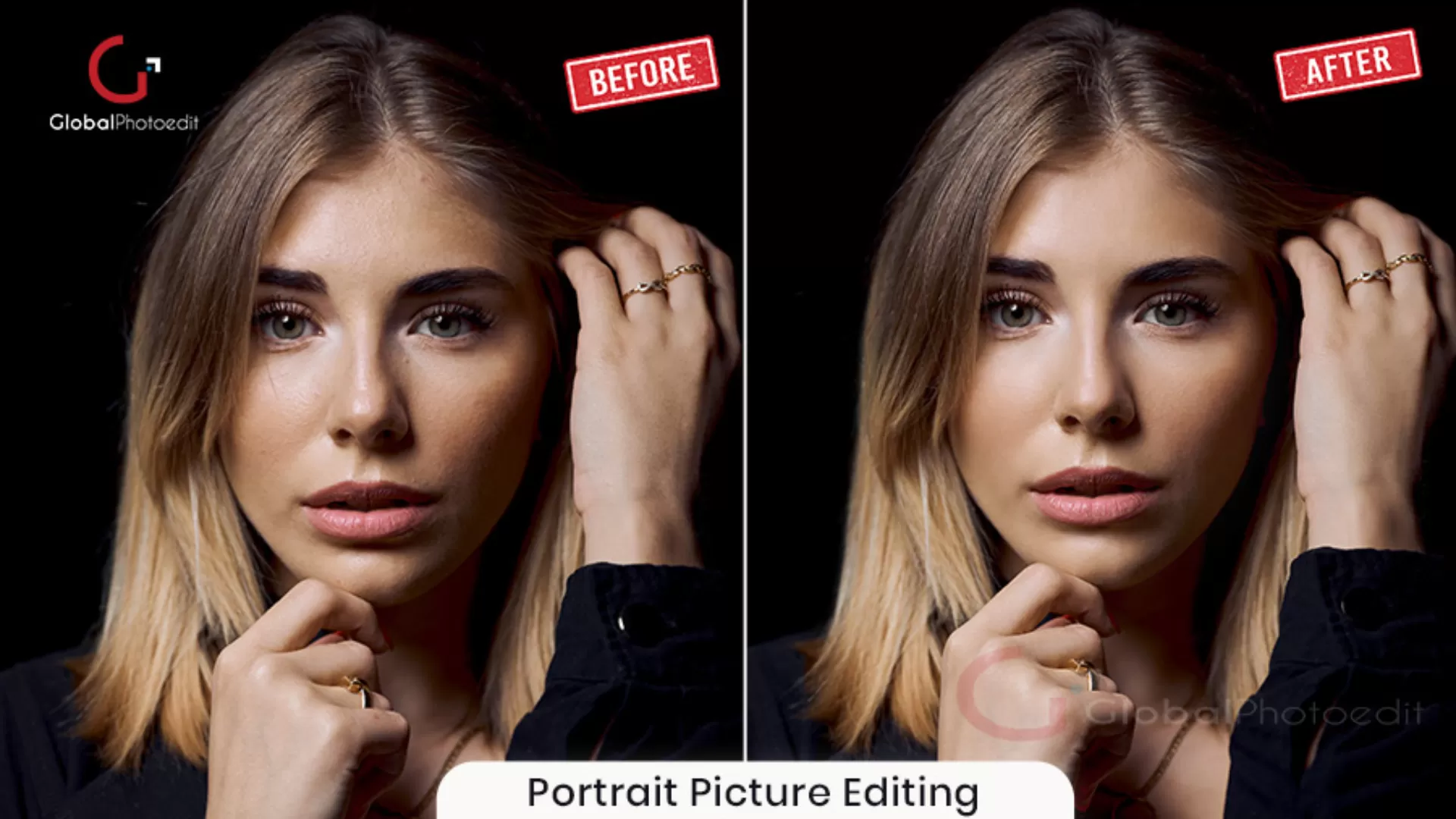E-commerce Product Photography Trends in 2024
The dynamics in ecommerce call for proper understanding of trends in order to remain unique among the other businesses. Looking into 2024, having good product photos has never been as significant as it is today.
For new and old sellers alike, the art of product photography could make the difference between that coveted sale, and a swipe left. But what does it mean – all these trends and how can they be used to engage your viewers? We’re Global Photo Edit- ecommerce product image editing company.
Let’s dive in to know the best trends.
1. AI-Enhanced Photography
Artificial Intelligence (AI) is increasingly being applied in various industries and fields, including ecommerce product photography. This is how, as of 2024, artificial intelligence advances to the foreground and, first of all, affects such facets as background removal and color correction, as well as the automation of product tagging.
Advanced brand image measurement tools powered by artificial intelligence are helping brands generate reliable, stellar images at scale. Incorporation of AI also helps to save much time but, more importantly, adapt images for the different platforms to improve the experience of the customer.
Use the AI tools to reduce time spent on monotonous tasks and ensure consistent quality of product images within your platform.
2. 3D and AR Integration
With the increasing popularity of online shopping, 3D and AR technologies have become commonplace in product imagery. These technologies help to allow customers to touch products without having to purely touch or feel these products.
For instance, furniture selling companies can today use models that customers can use to see in their homes using AR. It has been projected that this trend will receive more patronage in 2024 since it remarkably minimizes the risks that are associated with online shopping.
Models in three dimensions and AR can be incorporated to create more engaging and informative product displays in the catalog.
3. Sustainability and Authenticity
Sustainability and genuine brand identities have become very important to the consumers. This trend is conspicuous in product photography, which now features product photos that have not been retouched and which have the appearance of candid photos.
What is more important for the customers now are the real and raw pictures instead of highly refined and polished images that would exhibit the company’s values of sustainability. This trend relies on the usage of environmental settings, natural lightning, and limited postproduction, which targets an environmental conscious customer.
As per experts at product photo retouching services, you should ensure the authenticity of your product images by placing your products in such an environment, and incorporating natural and green appeal to the pictures.
4. Dynamic and Lifestyle Photography
They have emerged from the past, where simple, non-moving images were able to demand attention. It is predicted that in a year 2024 Dynamic and lifestyle photography is a trend that is bringing products to life by portraying them in use.
This trend entails actuating the pictures taken and taken on different real life situations that the potential user of the particular product may be able to put into practice.
Whether the item is a pair of sneakers on the pavement in the middle of a city or a warm blanket on the floor of a perfectly styled living room, these kinds of images evoke an emotional response out of the viewer, which in turn drives higher levels of engagement and conversion rates.
To make your products relatable, include lifestyle photography in your product images since this appeals to emotion and makes your products tangible.
5. 360-Degree Product Views
Charged by the rising need for seamless purchasing via the internet, product photography in all directions is on the rise in 2024. This technique enables the customers to look at the products from all perspectives hence enabling them to acquire a real time experience of the item.
It is very useful for almost all product types, but especially for those which contain visual details such as electronics, fashion articles, and furniture. This form of engagement not only enhances the level of confidence of the consumers but also minimizes the rates of returns.
Use 360-degree photorealism to offer your buyers a full view of your offerings and minimize return rates.
6. Mobile-First Photography
With mobile shopping taking over, it is critical to pursue the mobile first approach in photography. This trend involves optimizing one’s images so that they do well or are in fact well suited to be viewed on mobile devices.
By the end of 2024, mobile commerce will dominate other types of e-commerce, and brands will aim at developing vertical images, seamless loading and easy-to-read detailed images relevant to the mobile audience. This notion is important for reaching that portion of the ecommerce traffic that comes from mobile devices.
Make sure your product images are responsive, especially for mobile, because more and more people are using their mobile devices to make purchases.
Conclusion
With the constantly growing importance of the ecommerce industry, your approach to product photography cannot remain stagnant. The trends of the year 2024 on the interactive tools, 360-degree views and AR integration will be powerful to attract customers and in turn increase the sales.
When you get to learn and adopt all these trends in your ecommerce marketing strategy, it will not only improve the designing aspect, but will also provide a shopping experience that is inline with the current market demand. New to the world of product photography? Reach out to Global Photo Edit- ecommerce product image editing company.








